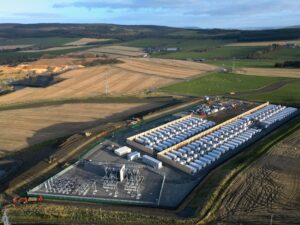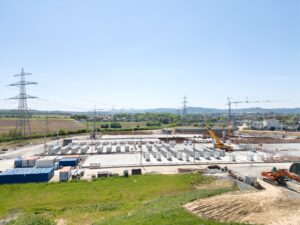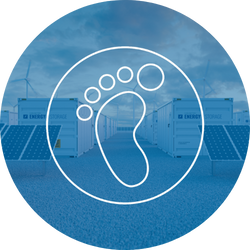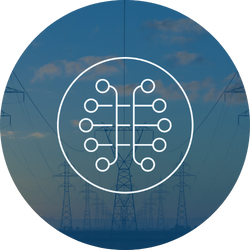De-risking BESS Projects
Unlocking the Potential of Battery Energy Storge Systems
Battery Energy Storage Systems (BESS) are rapidly becoming a cornerstone of the transition towards renewable energy and a low-carbon future. They play a critical role in maintaining grid stability, especially during peak demand, ensuring a reliable power supply for homes and businesses.
BESS plants operate by purchasing energy when it’s cheap and selling it back to the grid when prices are high. This arbitrage opportunity, combined with the dramatic decrease in battery prices, has made developing new BESS sites a promising and profitable venture—provided it’s executed effectively and safely.
De-risking BESS projects
An E-HAZOP, or Electric Hazard and Operability Study, is a systematic approach for identifying potential hazards and operational issues with a BESS and its associated systems. This method is especially useful for power generation or storage assets, as it involves a detailed analysis of the full infrastructure to ensure that hazards are identified and addressed. The E-HAZOP approach enhances safety and operability, allowing for the implementation of safeguards that protect people, the environment, and the asset. Furthermore, ensuring the safety and operability of the plant can boost the asset’s availability by reducing the likelihood of operational disruptions.
An E-HAZOP is usually conducted during the design phase of a project when there’s enough detail available for thorough investigation. However, it can also be carried out during major modifications or upgrades to existing systems. Conducting an E-HAZOP at the right point during the design stage enables engineers and project managers to identify and address potential hazards before construction or implementation begins, when mitigations can be implemented in a cost effective manner, whilst minimising the impact on the programme.


Fichtner Experience
We have extensive experience with BESS projects throughout the project’s lifecycles, from initial planning and funding applications, to design and safety assessments, and owner’s engineer roles. We successfully chaired E-HAZOPs for BESS projects in the UK, including three in Scotland and one on the south coast of England, with plant sizes ranging from 8 MWh to 1 GWh. The HAZOP on the 1 GWh system, for example, identified nearly 150 actions that would make the plant safer. The E-HAZOP methodology enables hazards associated with electrocution, arc flash, fire, explosion, and asphyxiation to be eliminated or be better managed.
Our E-HAZOP approach combines the collective knowledge and experience of your design team with the expertise of our seasoned engineers at Fichtner. We follow a systematic approach based on the IChemE’s Guide to Best Practice for HAZOP, specifically tailored to the unique challenges of BESS facilities.
Next Steps
We have a proven track record of successfully conducting E-HAZOPs for a diverse range of BESS sites, including what will be the largest BESS site in Europe. Our experience allows us to provide valuable insights and best practices to ensure the safety and efficiency of your project. If you are interested in learning more about how our E-HAZOP service can benefit your project, we would be happy to discuss and find a tailored solution. Get in touch here.












